AP Art History Unit 3 Greece Art Pieces
1/35
There's no tags or description
Looks like no tags are added yet.
Name | Mastery | Learn | Test | Matching | Spaced |
|---|
No study sessions yet.
36 Terms
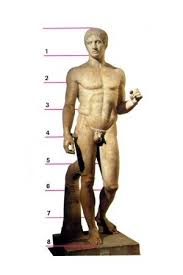
Doryphoros(Spear Bearer) 450-440 BCE ,It is made by Polyklertos, it is Canon. It has measurement of heads. HEAVY IMPORTANCE ON PROPORTIONS.
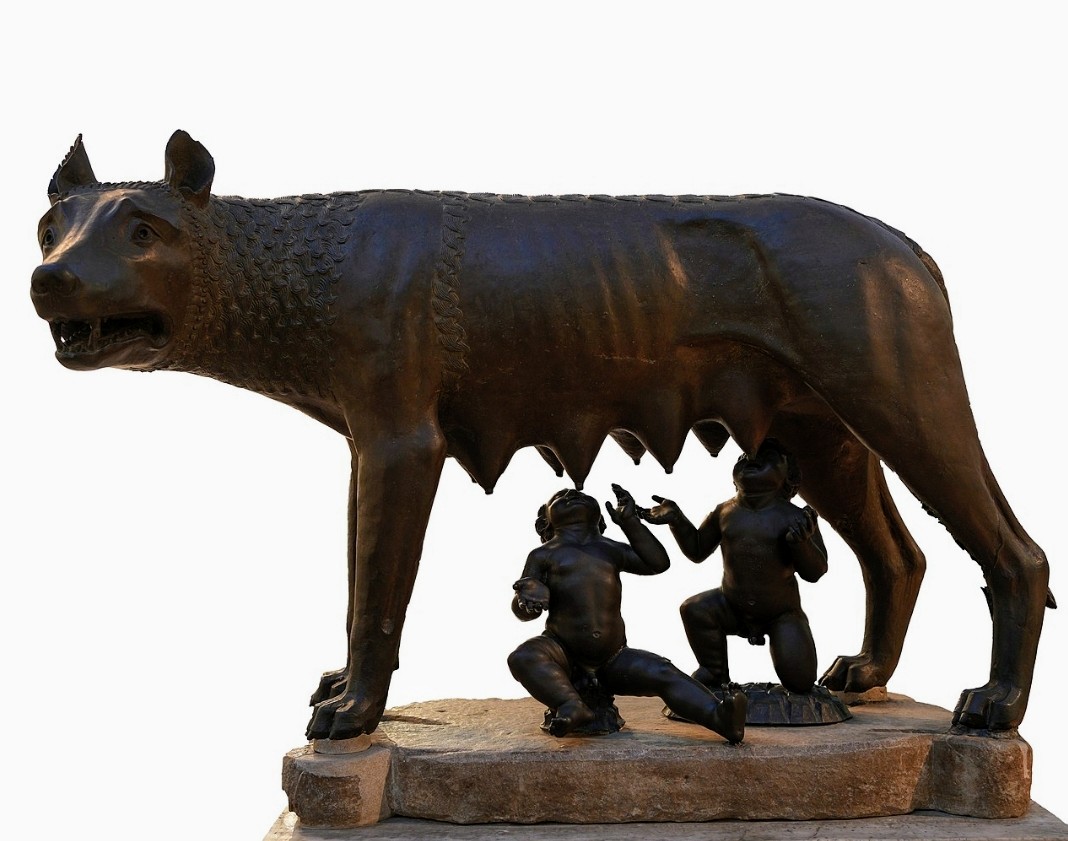
The Capitalone Wolf , 500-480 BCE, Infants added in 1500 A.D., depict Romus and Remulus the founders of Rome as children feeding off of the mother wolf.
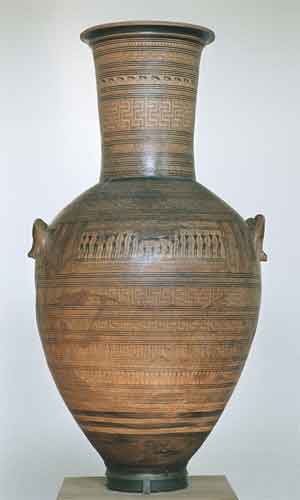
Grave Makers from Athens 740 BCE, Amphoras marked womans graves, Kraters marked mens. Materials: Ceramics, Uses Hierarchical scale and its function was funerary, Was from geometric times and used twisted prespective.
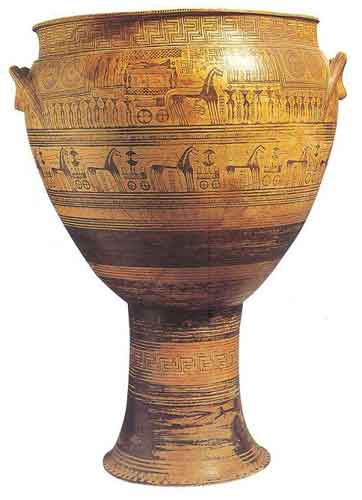
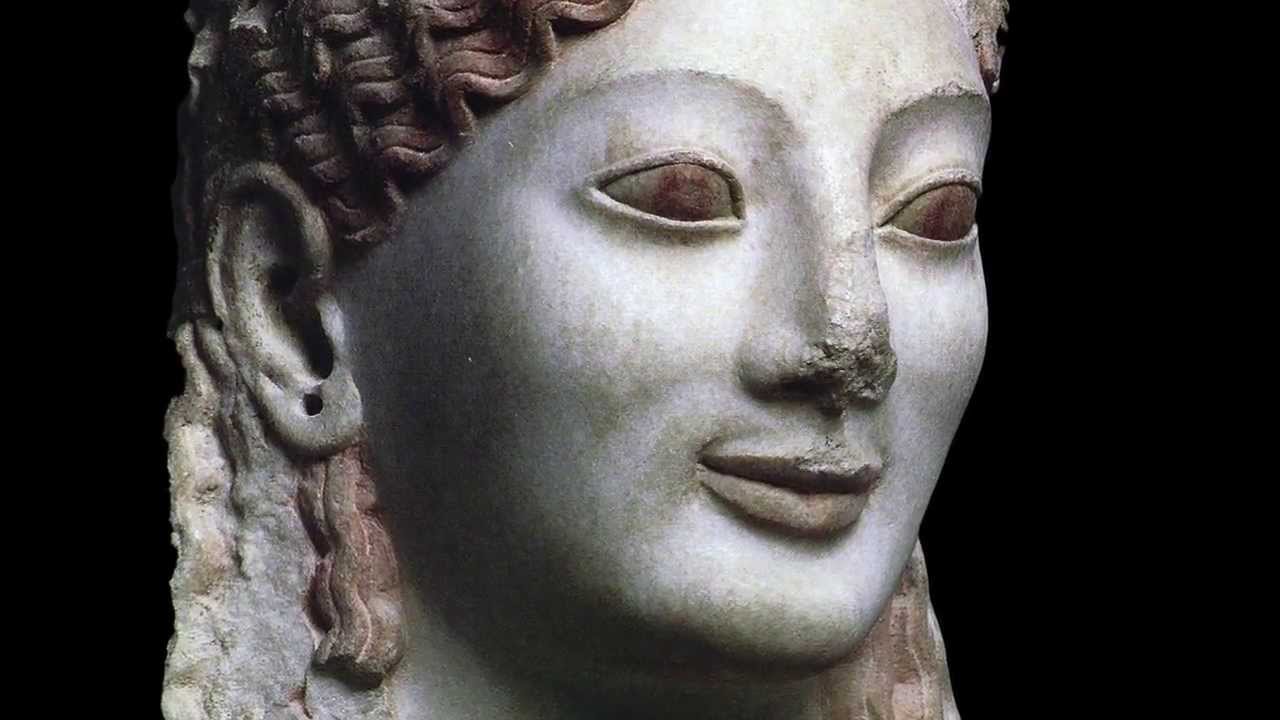
Peplos Kore from Acropolis 530 BCE, 4ft tall, this is a votive figure. Girls wear Kore and boys wear Kouroi.
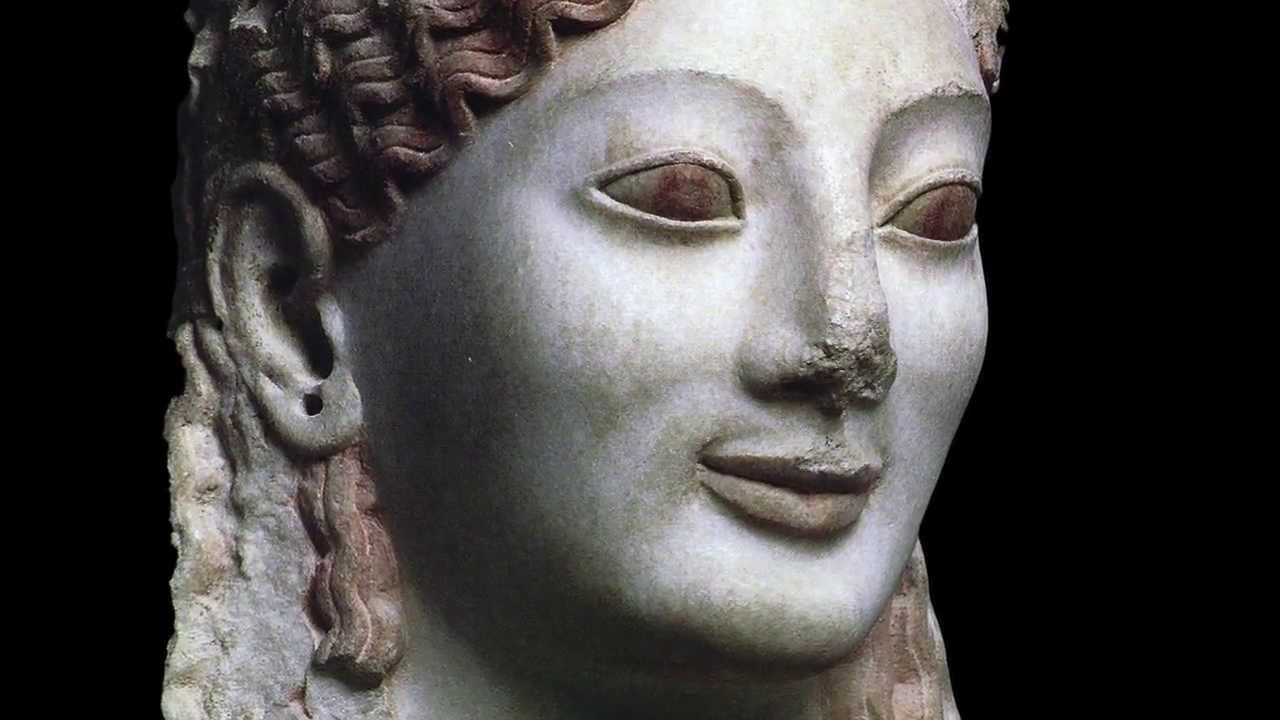
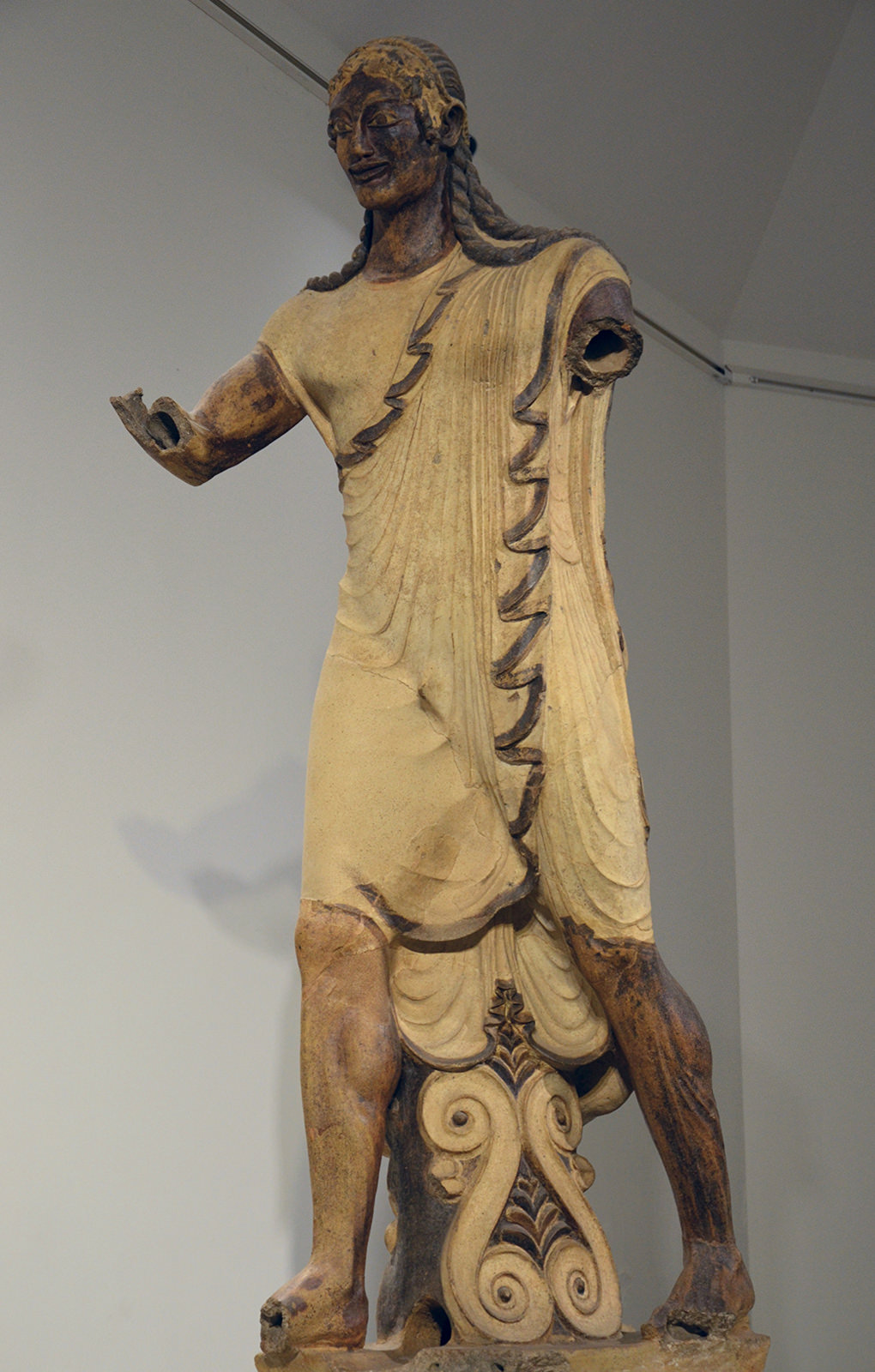
Apollo 510-500 BCE, from temple of Minerva Near Rome, Italy. Ethruscan.This is made of Terracotta and Ethruscans had always used Terracotta. Greek wore marble.
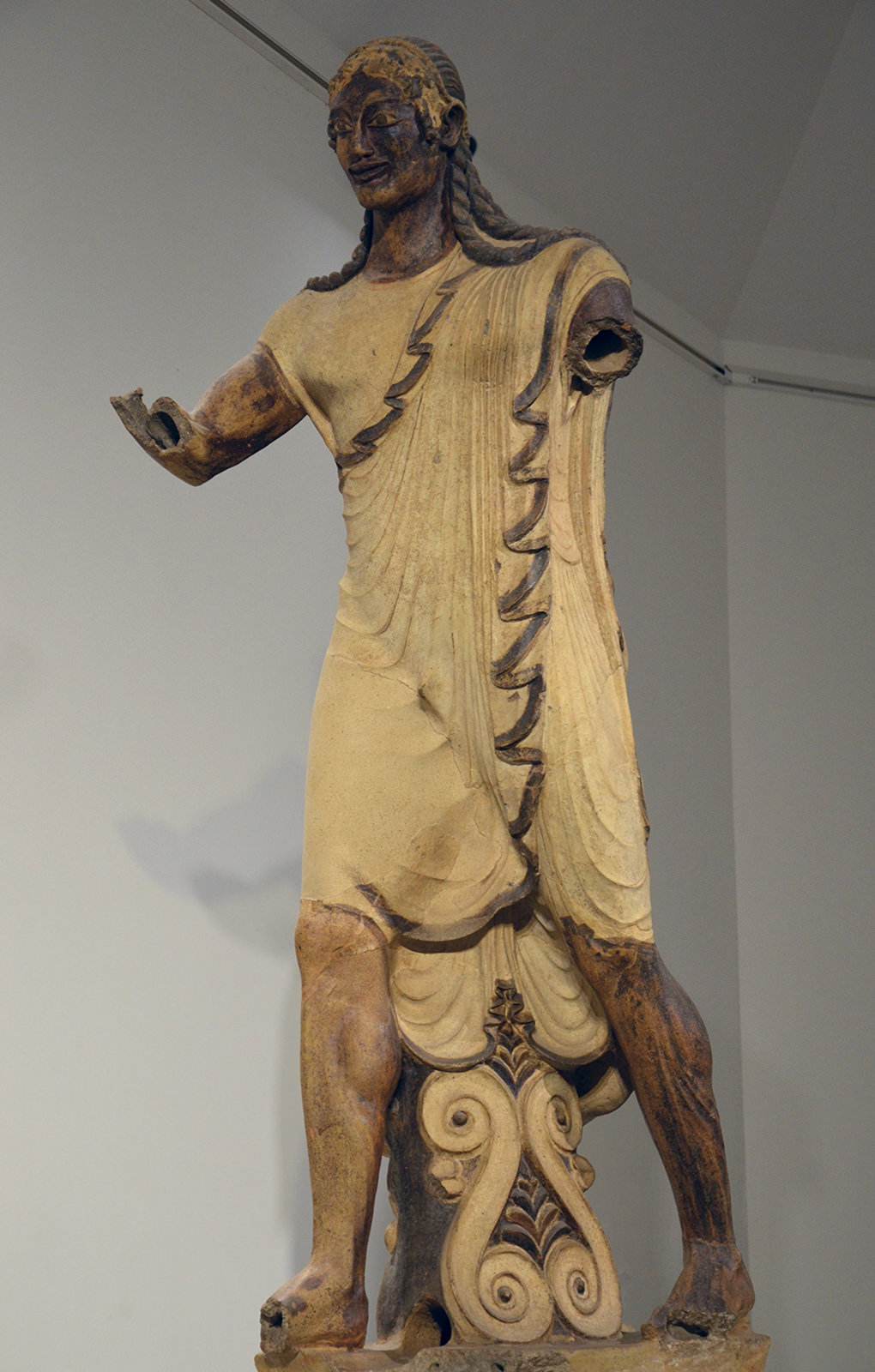

Temple of Minerva of Veii 510-500 BCE, Tufa, Ethruscan, made of wood and mudbrick. HAD ONLY ONE ENTRANCE.

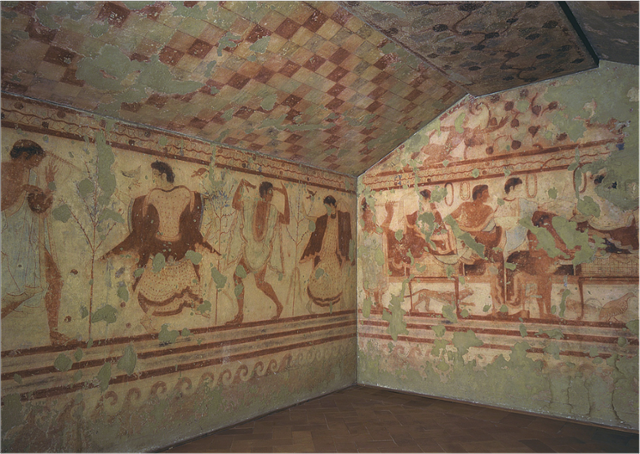
Tomb of Triclinium(Tarquina, Italy)(Ethruscan) 480-470 BCE, this is a FRESCO a big way to do a painting. This is also funerary. the body is in twisted form which humans cannot do and has stylistic perspective showing that they thought the afterlife would be a glorious occasion

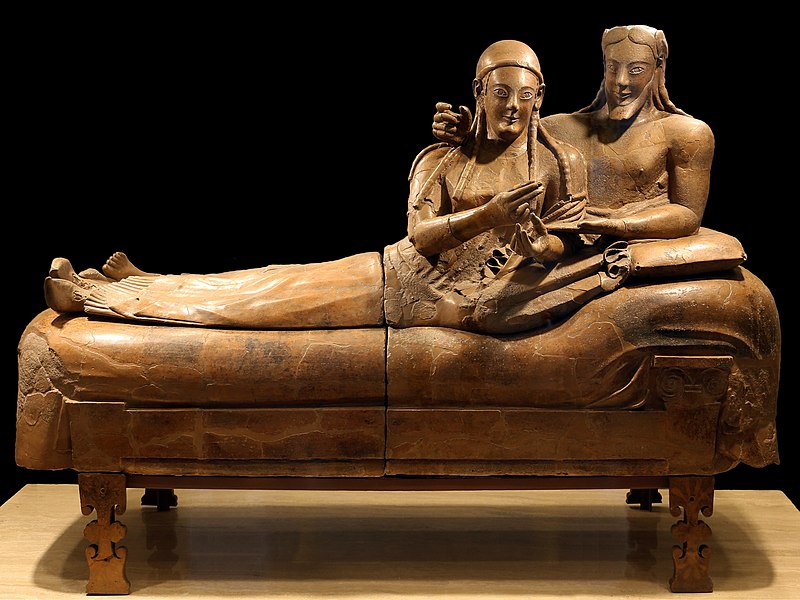
Sarcophagus of the Spouses Ethruscan c.520 BCE, Terri-Cotta
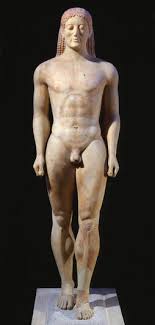
Anavysos Kouros c.530 BCE, 4 feet tall, this is non-classical period due to the stiffness and it represent youthful potential
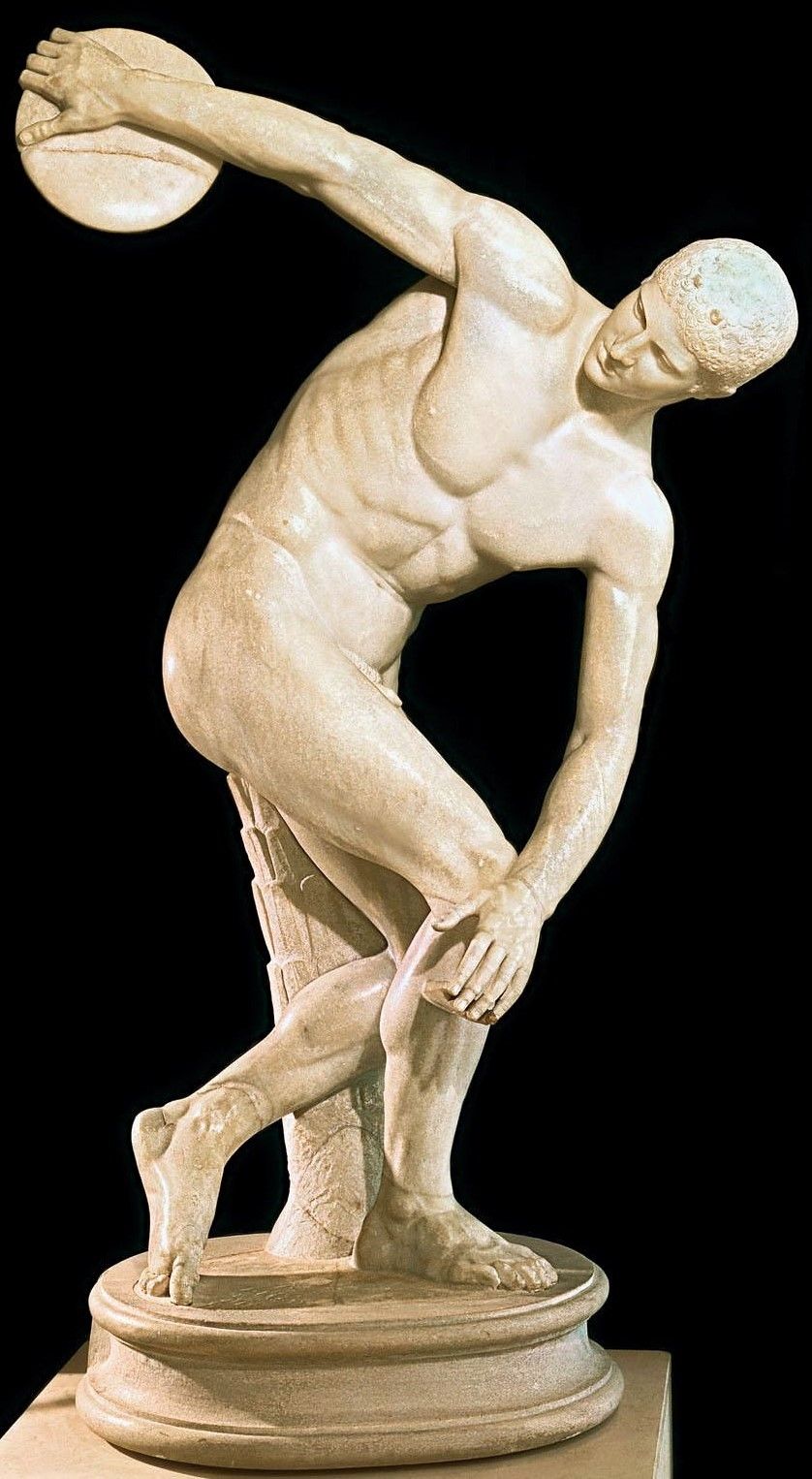
The Discus Thrower Myron c.450 BCE , originally made in bronze and now the one used now is made with marble in Ancient Rome, all of myron’s work has to do with movement, this has no tension so it is classical.
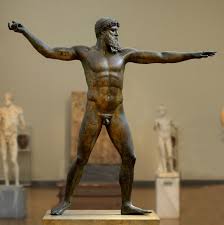
The Artemisian Bronze 460 BCE, 2 m tall, bronze, classical era almost 8 ft, This painting can either be Zeus or Poseidon, religious piece, bronze, detail to human form. Religious Piece.
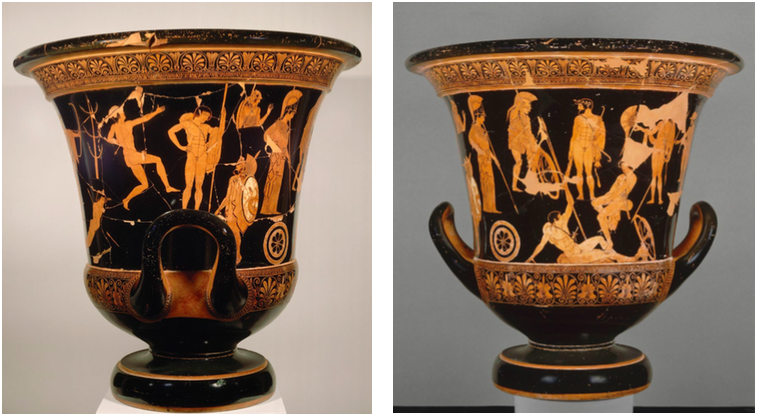
Niobid Krater 460-450 BCE, made with clay, this is also classical era, either red figure(golden figures with black background) or black figure(Black background with golden figures) (CLASSICAL ERA)
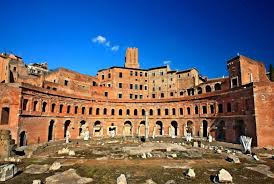
IMPERIAL ROME, Trajan’s markets 106-112 CE, Concrete and Brick, Had different vaults such as barrel vaults, groin vaults and buttresses which lead to THE FIRST MULTIPLE STORY HOUSE
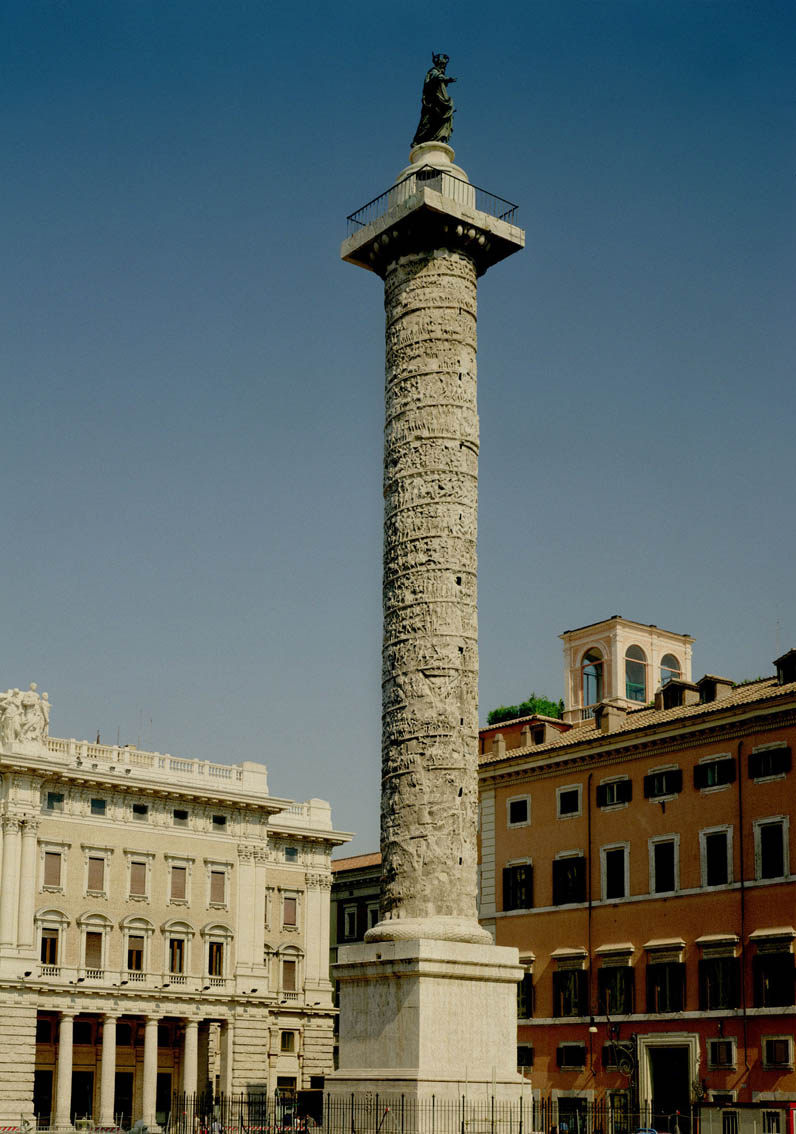
IMPERIAL ROME, Trajan’s column 113 CE 125 ft tall, the columns have bas-relief of the story of Trajan’s victories. Trajan died of a stroke suddenly so he had his ashes in his column and it was so sudden so its not funerary. Christians replaced sculpture at the top with St. Peter.
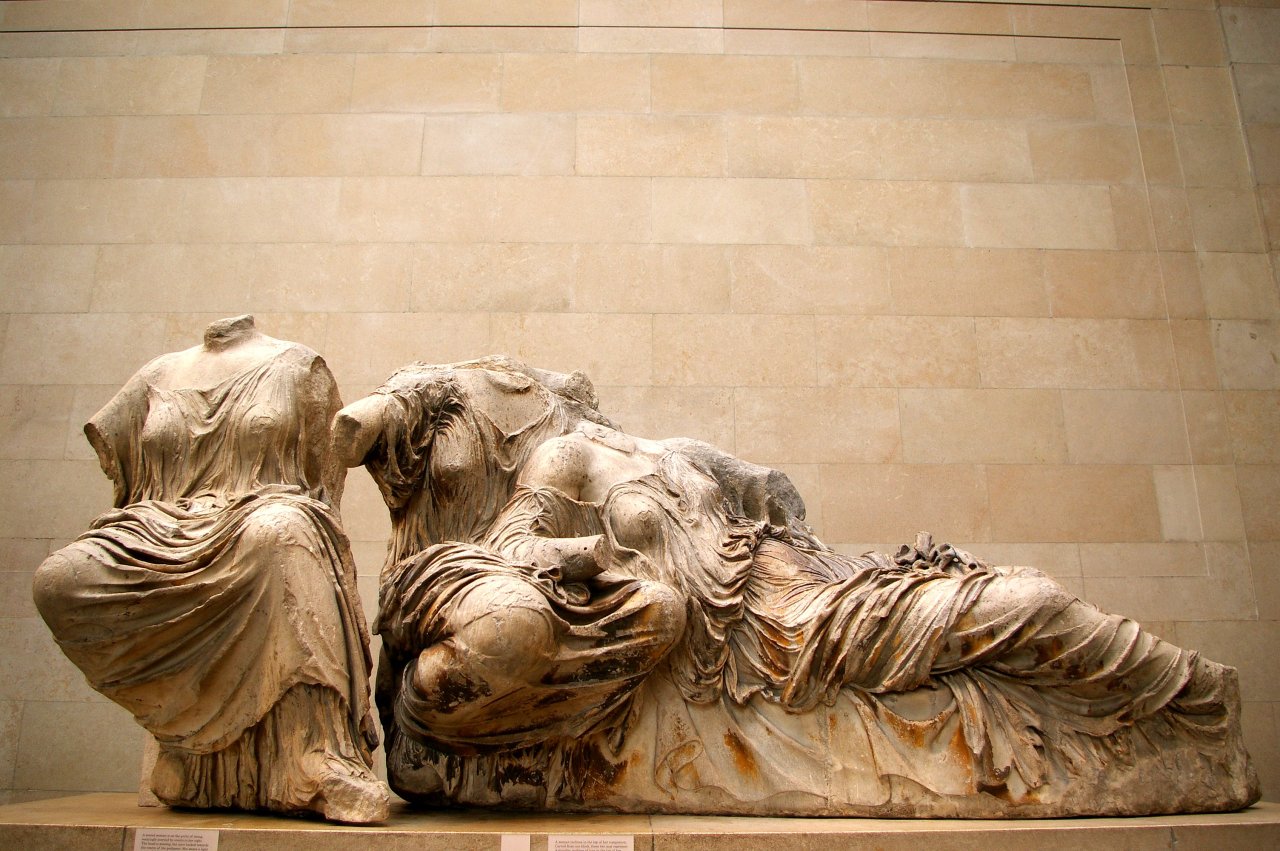
3 Goddesses East Pediment, Parthenon. c.447 BCE. The goddesses are Hestia, Dione, and Aphrodite. Posture shows relaxation, shows usage of natural posture.
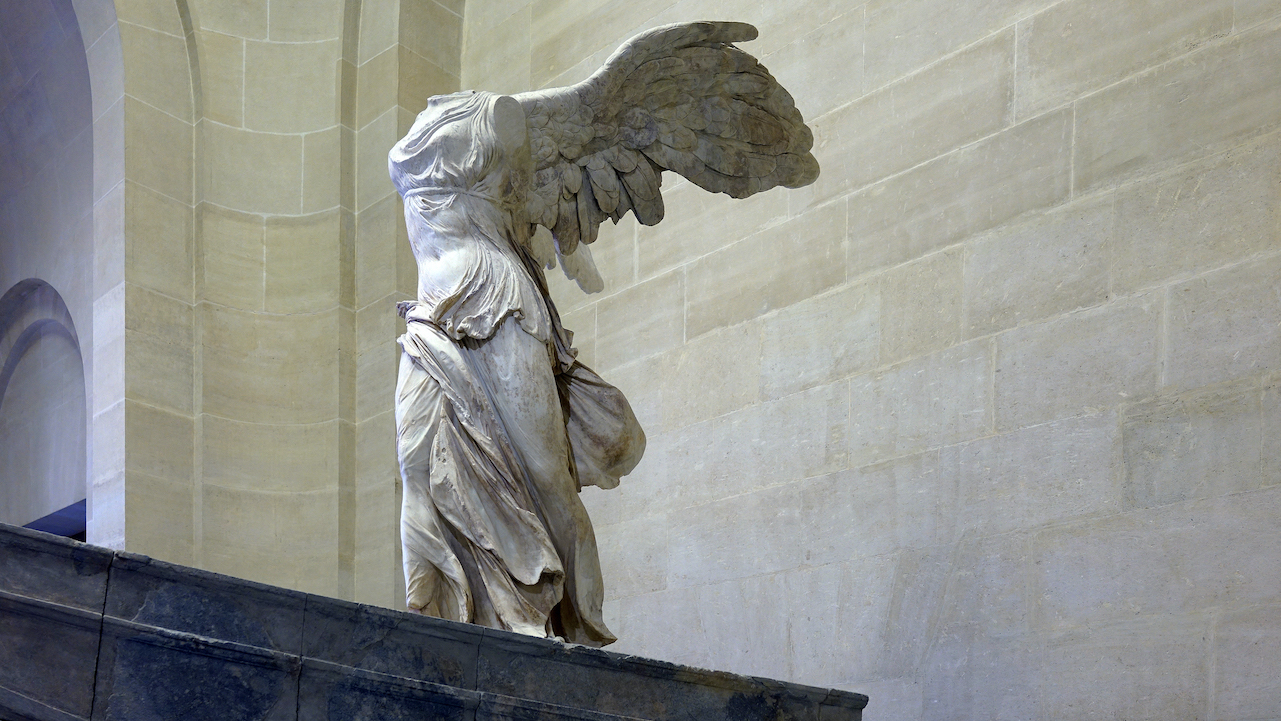
Winged Victory of Samothrace c.190 BCE, marble, this is Hellenistic, the Nike as originally on the prow of a stone ship on the harbor of the Samothrace
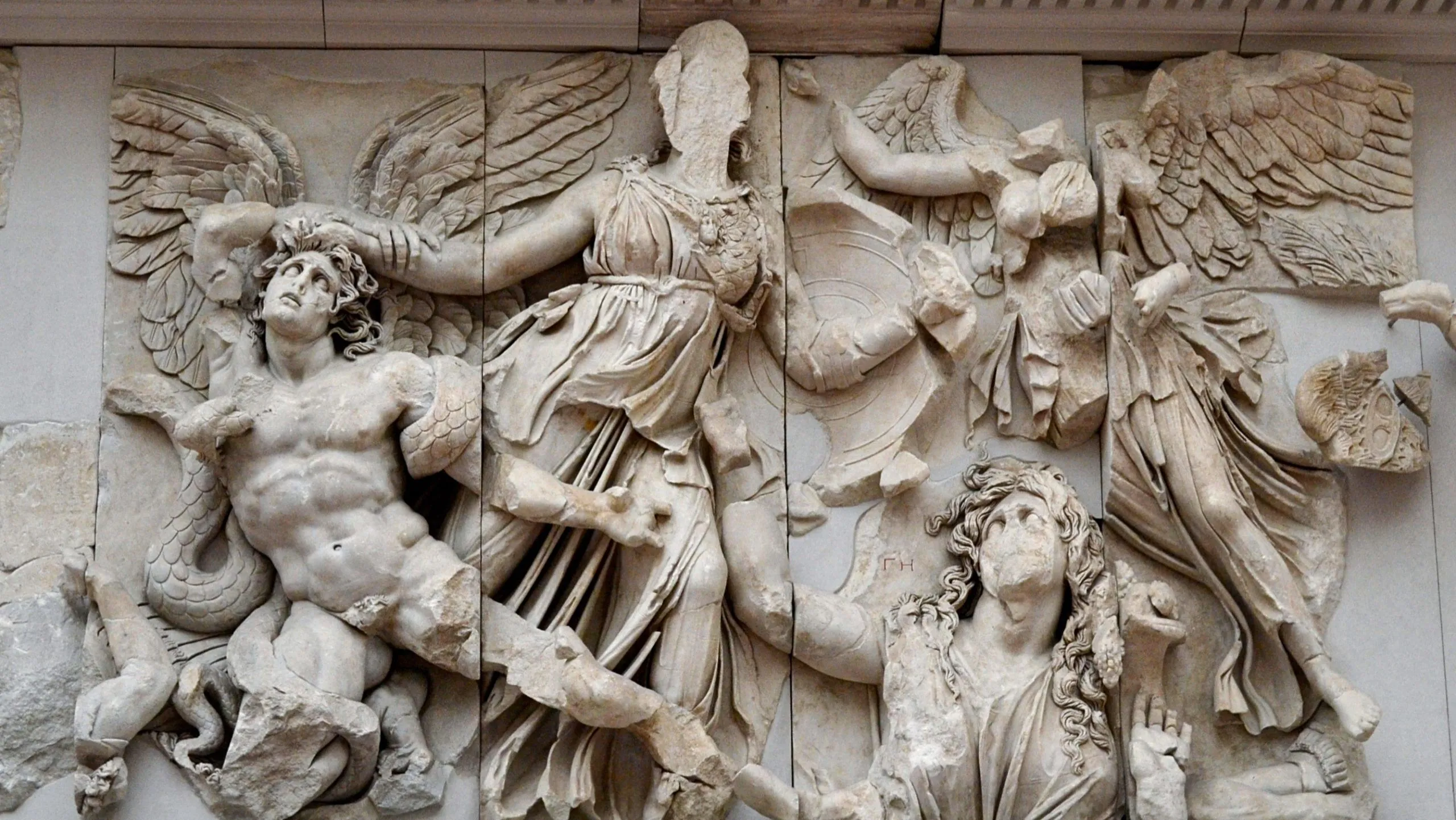
Athena frize from Great Altar of Zeus and Athena at Pergamon, 175 BCE. Depicts Athena defeating the giant Alkyoneus, mythic battle between gods and giants called Gigantomachy. HELLENISTIC
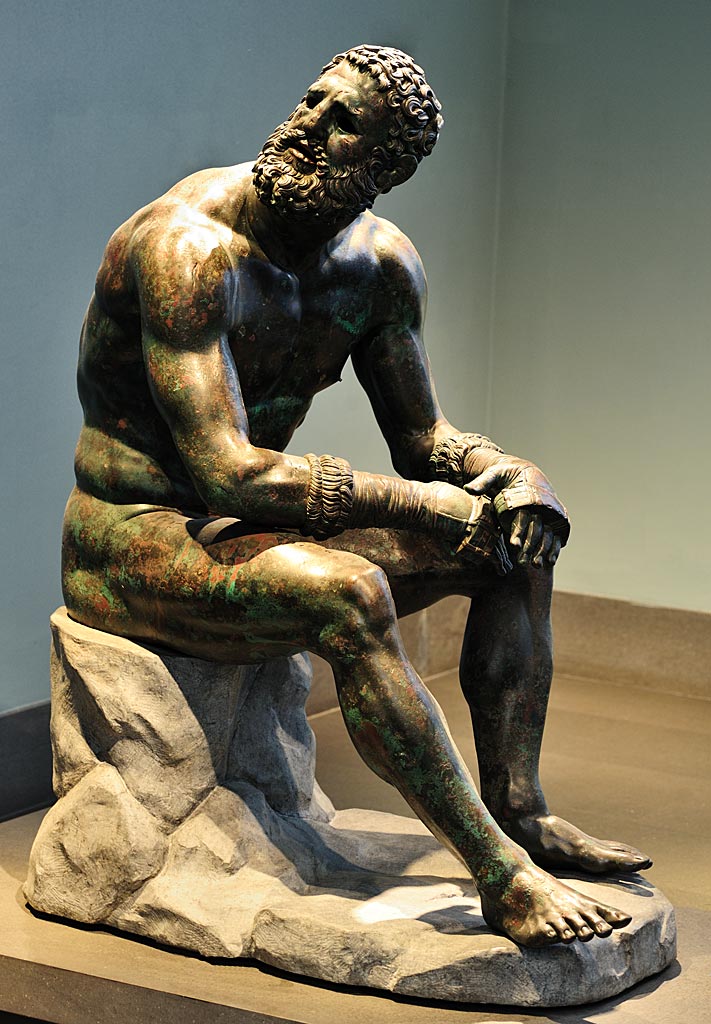
Seated Boxer 100 BCE, Bronze, Appollonius. HELLENISTIC. face shows cuts and bruises
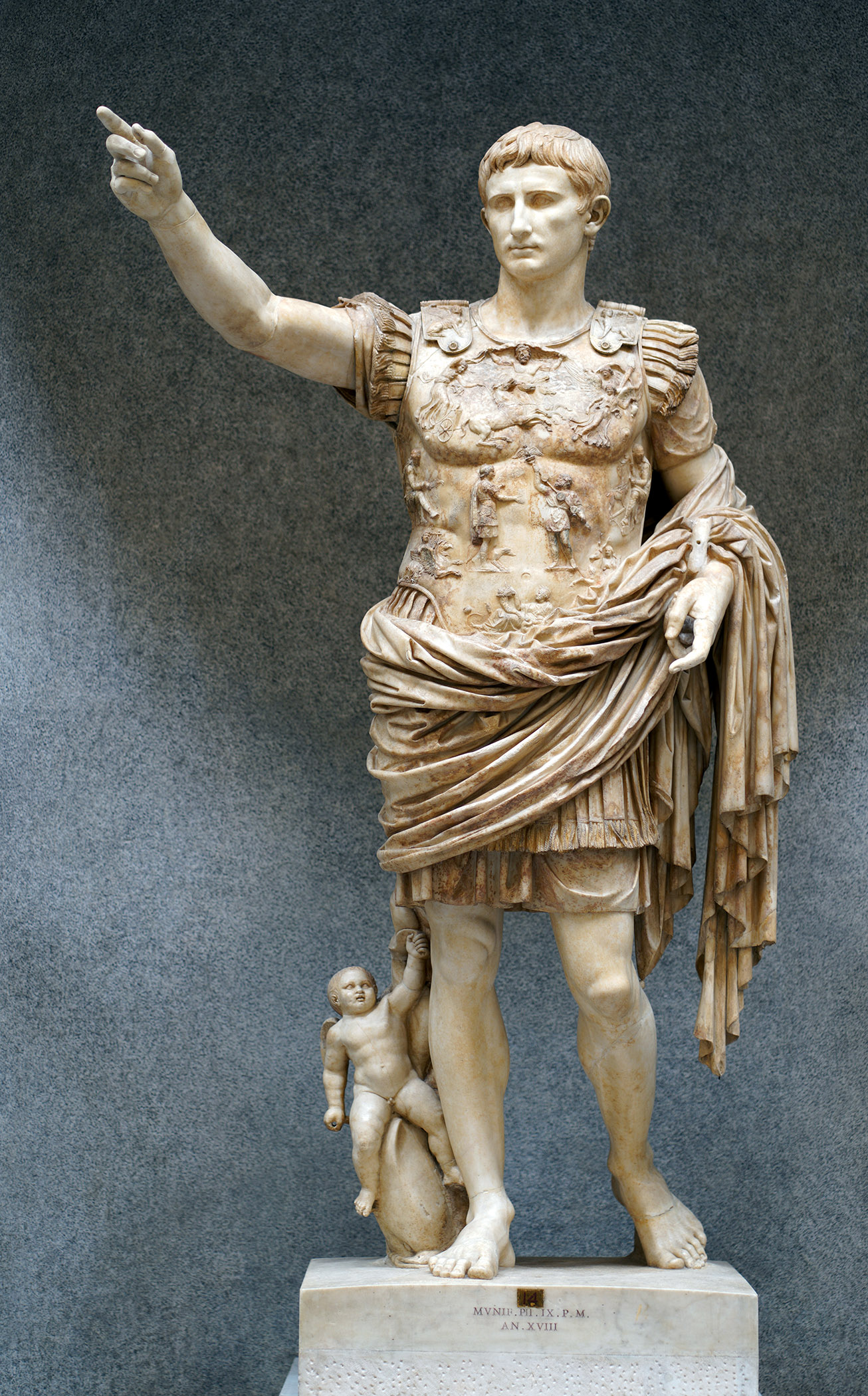
Augustus of Prima Porta, Imperial Era, Early 1st century C.E. marble. Augustus used portait to show he descended from god.
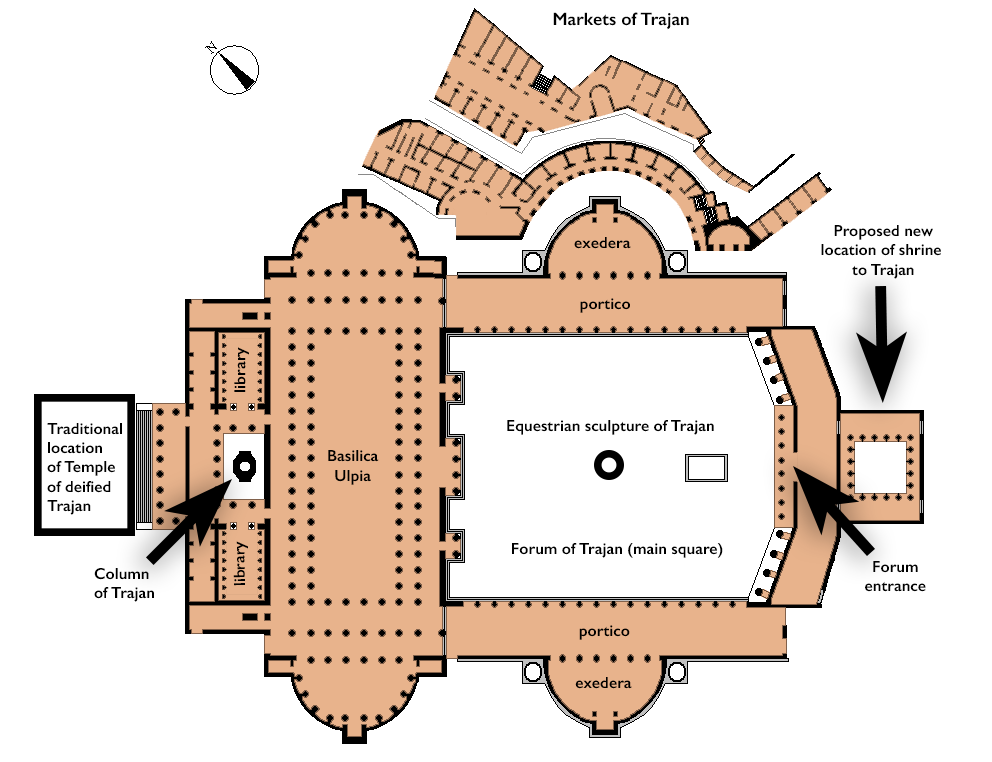
Forum of Trajan 106-112 BCE, brick and concrete, VERY HUGE, BIGGEST SIZE EVER. This was a civic center but to also commemorate Trajan, IMPERIAL ROME

Alexander Mosiac from House of the Faun c.100 BCE, Mosiac Pompeii, Romans took ancient greek art styles and turned them into something better such as this Mosiac.
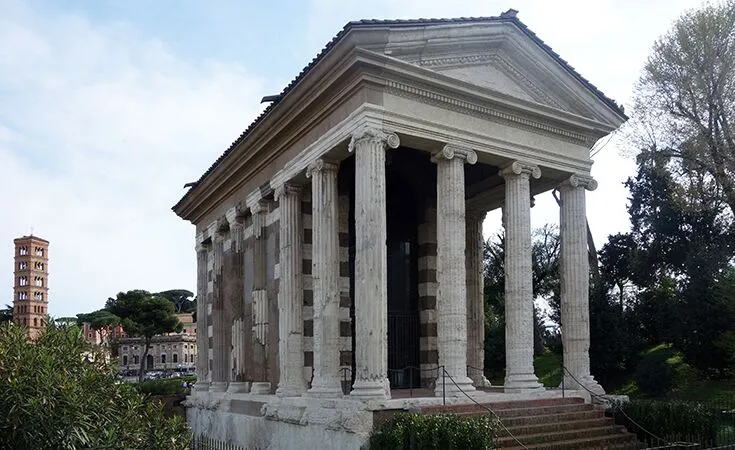
Republican Architecture Temple of Porturas c.75 BCE, COMBINED GREEK AND ETRUSCAN architecture. Has greek columns but the single entrance from etruscans. Dedicated to the god Porturas
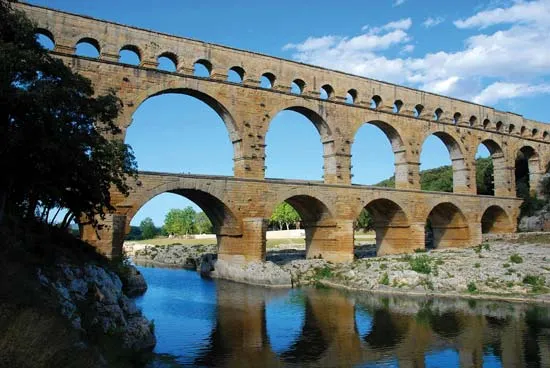
Pont du Gard: First Century C.E. Nimes, France. Canals and aquaduct temples were used since the Assryians. Arches were made by limestone.
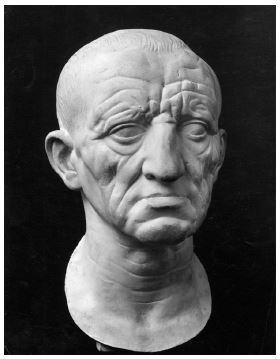
Head of Roman Patrician c.75-50 BCE. This is a type of portrait called Veristic which shows oldness and wrinkles to embody knowledge.
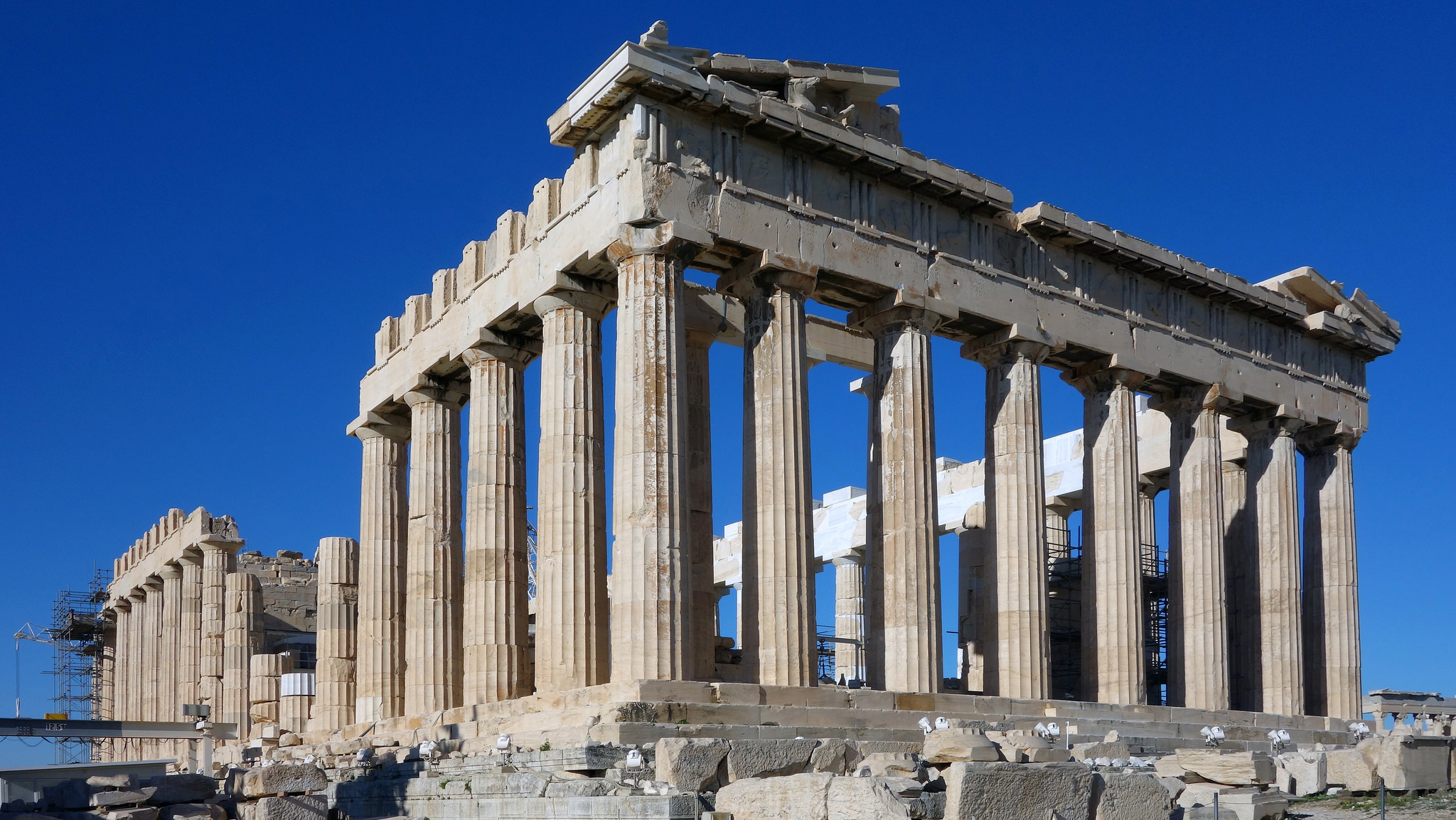
The Parthenon 4447-410 BCE, CLASSICAL ERA, Phydias was the sculptor and made horizontal lines curved to appear straight to the eye. Doric style columns. Dedicated to Athena. marble. Iktinos and Kallkrates were the architects

Imperial Architecture, IMPERIAL ERA, The Colloseum or Flavians Amphitheater. made of Concrete and Stone, Roman Empire, Had 3 types of columns-Doric order on the ground floor, Ionic on the second, and Corinthian on the top level. Made for entertainment for the people of Rome and please them. Rome was basically civil service.

Ludovisi Battle Sarcophogus c.250 CE, marble, LATE IMPERIAL PERIOD, This is a horracui which means it leaves behind no empty space.

The Pantheon 118-125 CE, first time using building with a hemispherical dome. The Pantheon was very important in Ancient Rome.

Helios, horses, and Dionysus, from Acroplois 447-410 BCE marble

Great Altar of Zeus and Athena at Pergamon, 175 BCE. HELLENISTIC. Less focus on shape and balance, dedicated to the god. Rebuilt in Berlin. This is artist propoganda to show power of the ruler in the past.

The Erechthion, marble, Ionic, Contraposto, notable for the caryatid columns, Ionic columns which were used throughout Greek architecture, made for the worship of Athena.
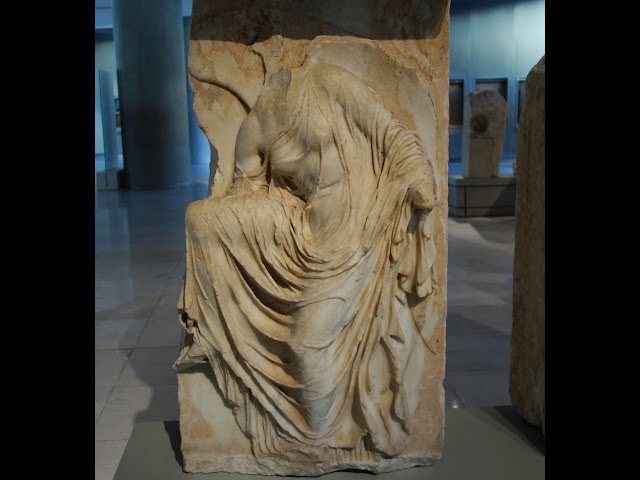
Victory Adjusting her sandals by Phydias from Temple of Athena Nike at Acropolis. Used contraposto and idealised form.

Temple of Athena Nike, Kalli Krates, 410 BCE from acropolis, there was a cult for Athena Nike which lead to this and this also depicts military power. It is rebuilt on a cliff and shows victory over Persia.
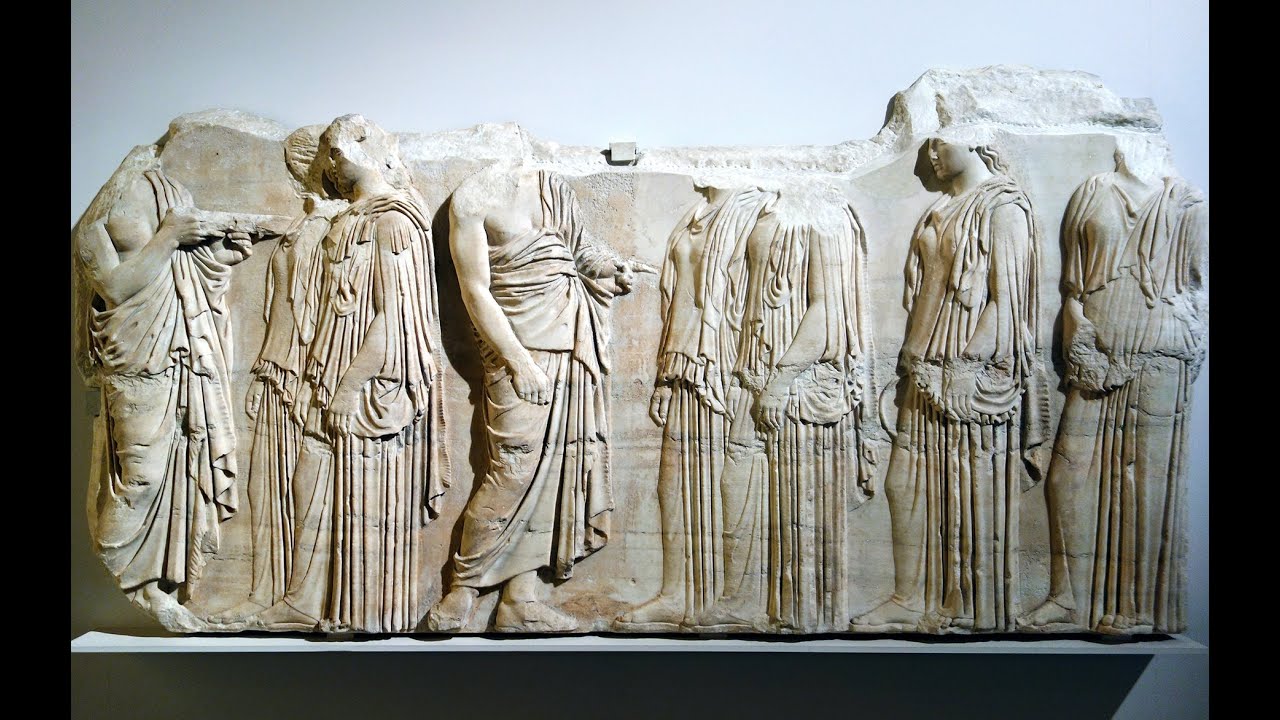
Plaque of the Ergastine, Acroplois, 447-410 BCE from frieze on the Eastern side. marble, An ionic in the doric temple, shows dignity of being a citizen in Athens.

69-79 CE, Hercules strangling the snakes, Pompeiian fourth style. lack of proportion or shadowing sense or form.
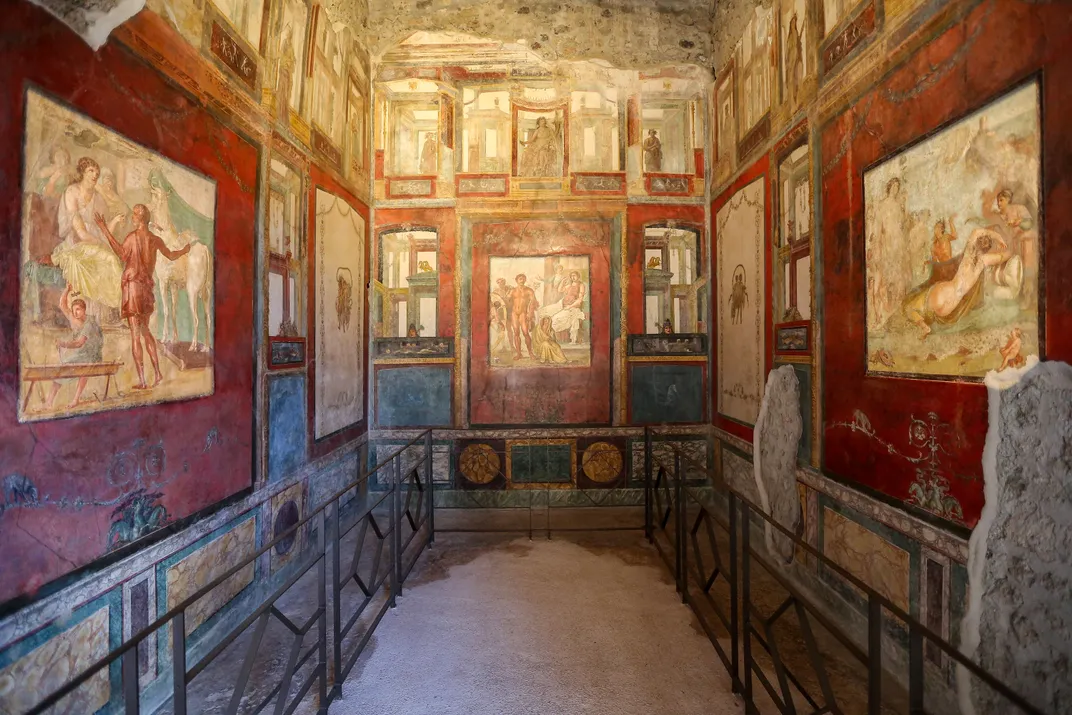
Roman Homes, House of the Vetti Pompeii, Italy 69-79 CE, Tufa, Owned by the brothers of the Vetti who were former slaves.